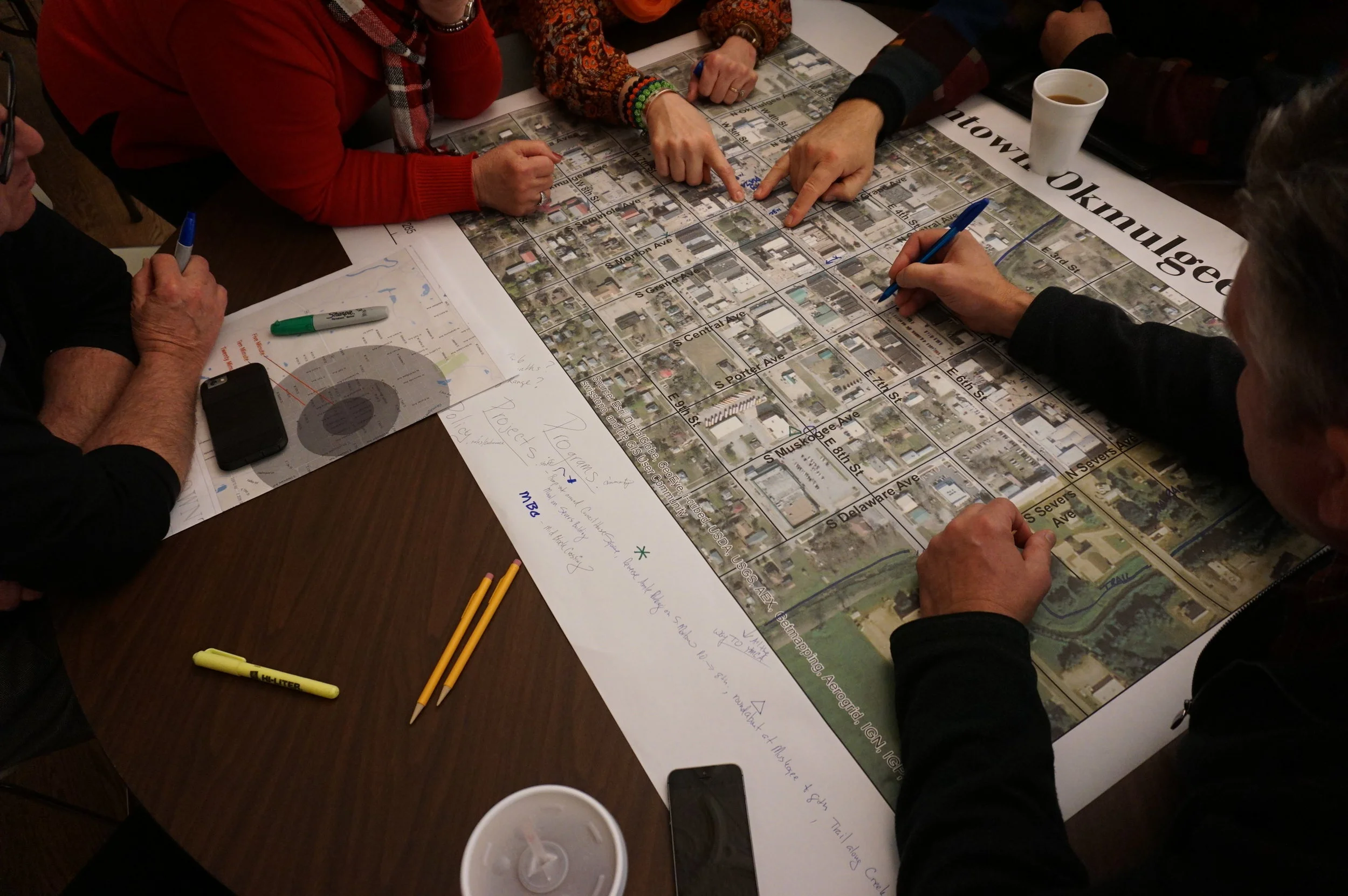Does absence make the heart grow fonder? It has been over a year since writing about my new duty with Colorado Main Street and a lot happened in 2018, just not so much blog writing! I am sorry for such a lengthy break. The move to Colorado was a challenging transition for my family, and spending time acclimating and adventuring together has taken priority.
Moving is like uprooting a plant and putting it somewhere new. Our life-connections (the people and places in our daily lives) are radically altered, and we have to adjust and figure out our place again.









